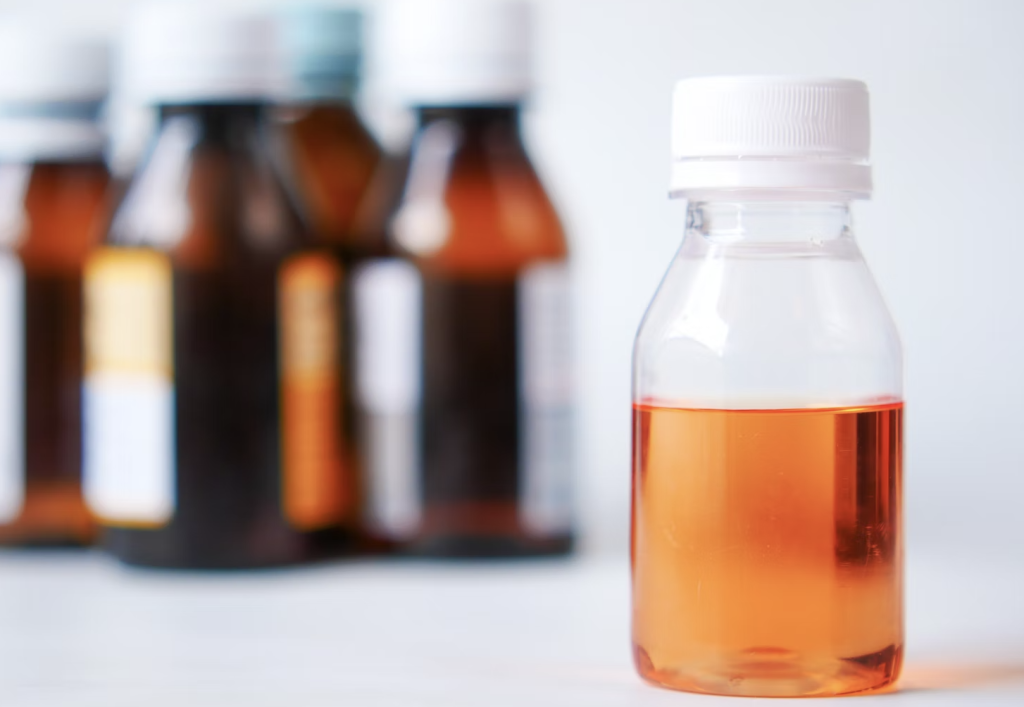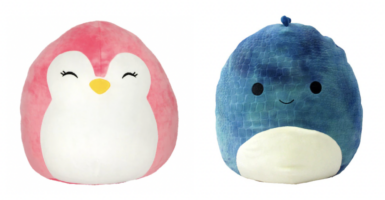Restriction Lifted From Popular Children’s Medications
Walgreens has lifted its two-purchase limit for children’s medication for online shoppers.

After weeks of enforcing online buying limits on certain children’s medications, Walgreens removed its restrictions on Monday morning. Consumer access to children’s pain- and fever-reducing medications had been limited due to weeks of high demand that caused product shortages. The higher-than-normal demand was caused by what some called a “Tripledemic” of Covid-19, flu, and RSV (respiratory syncytial virus).
According to CNN Health, Walgreens had only limited online purchases of children’s medications. The drug retailer had no caps on the number of bottles consumers could buy inside Walgreens stores. Therefore, parents and caregivers can now easily buy the medications their children need without facing restrictions online or in person.
Other drug stores, including CVS and Rite Aid, were also forced to enact limits on children’s medications when a particularly brutal respiratory virus season hit the nation’s kids last December. Because so many children were suffering from flu, RSV, and Covid-19, the demand for pain- and fever-reducing medications was high. Rationing helped guard against the types of panic buying so many of us witnessed during the height of the pandemic.
Manufacturers of these children’s medications say they’re unsure of when sales may return to normal, but higher demand could last well into the spring. Sales of kids’ medications to treat pain and fever were up 65% for weeks, corresponding with CDC data regarding the surge in illnesses. Thankfully, the CDC’s map for flu activity is showing that the first wave of flu season is tapering off after an insanely active December and early January, and there’s evidence that RSV peaked in November.
However, Covid-19 activity appears to continue rising across the nation. This probably won’t impact the supply of popular children’s medications since the vast majority of kids experience few to no symptoms. The most recent CDC data available at the time this article was written stated that 19.5% of counties, districts, or territories had a high Covid-19 community level, while 41.9% reported a medium community level and 38.5% had a low community level of the virus.
Although flu has already peaked and waned once, there is still time for additional flu waves to hit the U.S. this winter. “It’s pretty clear that there was a peak of activity, but that doesn’t mean we won’t have another one,” said Lynette Brammer, lead of the CDC’s domestic influenza surveillance team. “Things could turn around and go back up.”
Data published last week showed that influenza hospitalized more than 12,400 people and 9% of lab tests were positive for the virus. Around 4% of people who visited healthcare providers that week had symptoms of respiratory viruses, including cough, fever, or a sore throat. Overall, flu and respiratory virus activity remains high or very high in about half of U.S. states battling the tripledemic.
While Walgreens’ limits have lifted, CVS shoppers will still face a two-bottle limit on both in-store and online purchases of the most popular children’s medications. The company’s spokesperson told CNN that the limits were still in place to ensure equitable customer access. Rite Aid has not yet responded to CNN’s request for comment, but a quick check of their website showed that most Tylenol, Motrin, Advil, and generic children’s formulations were out of stock.











